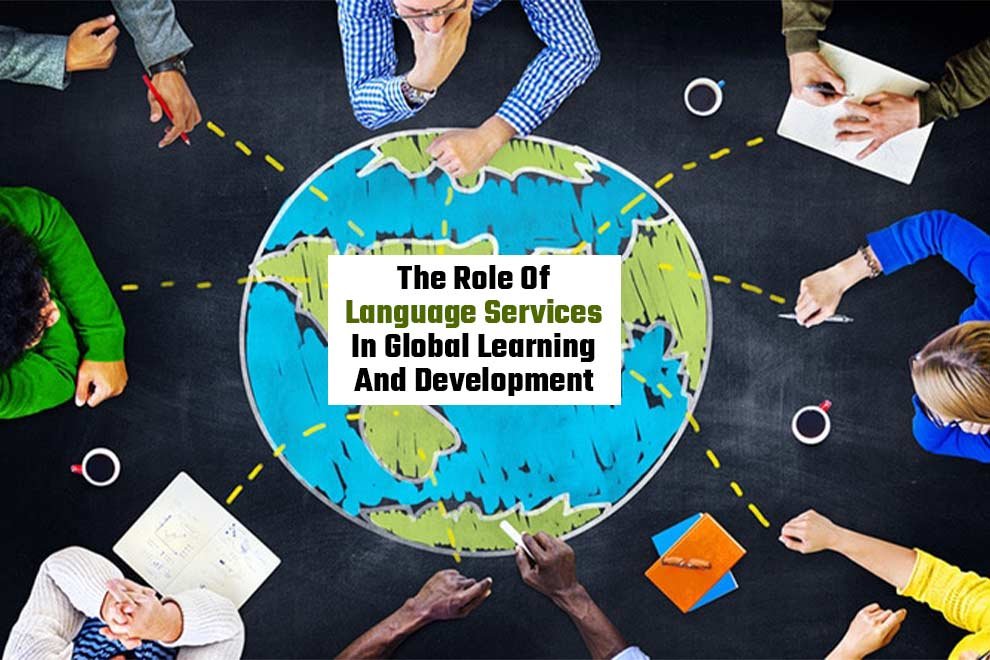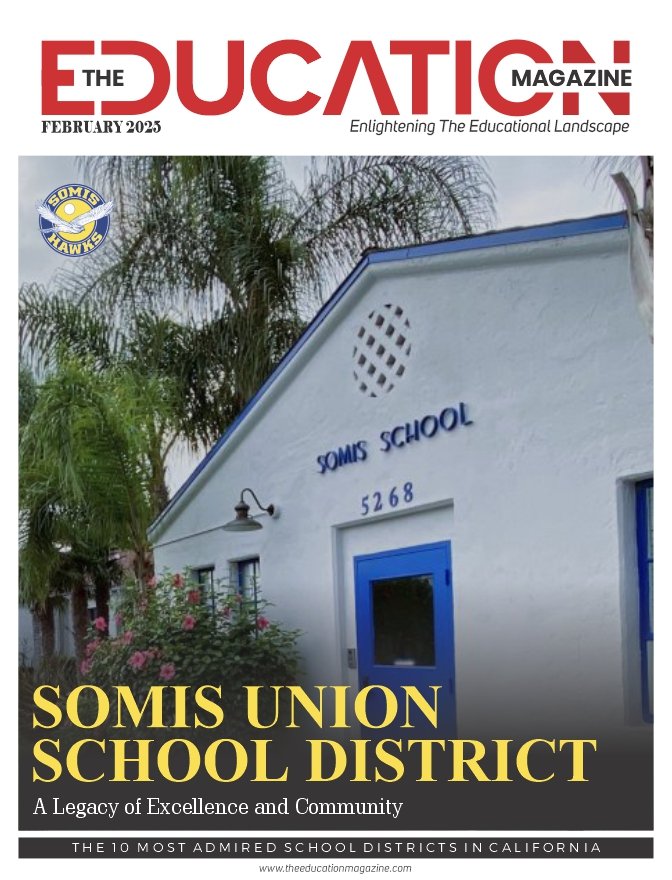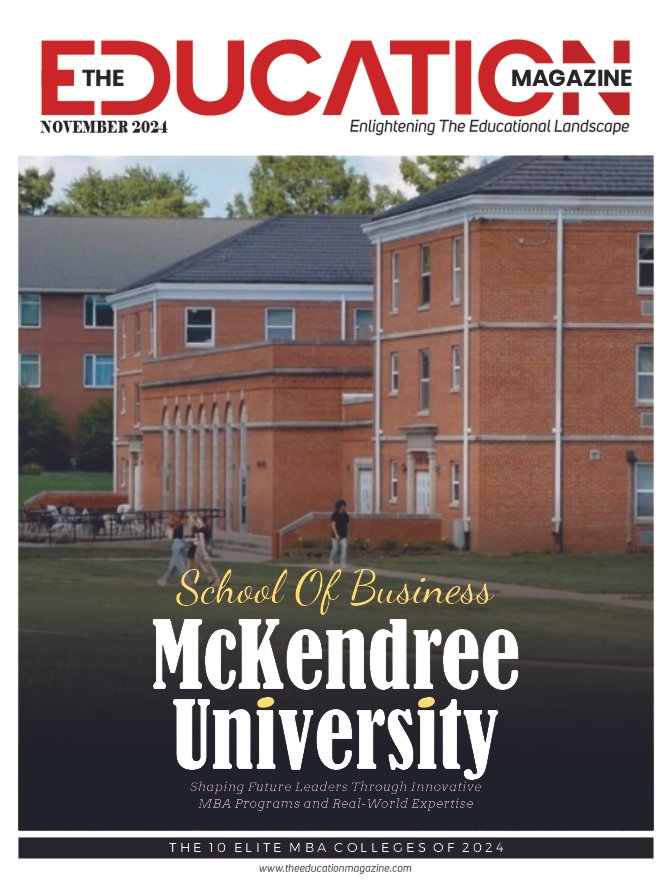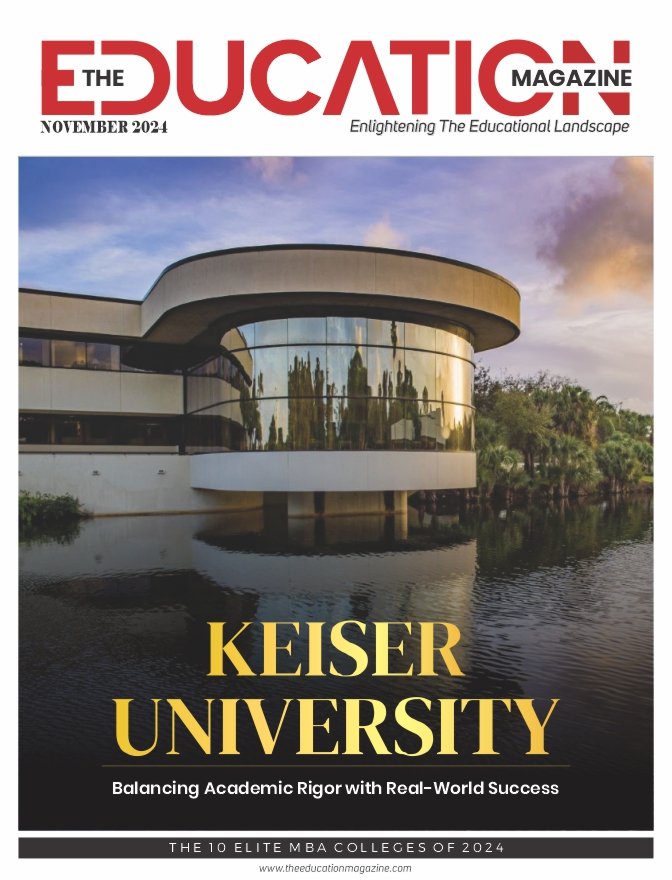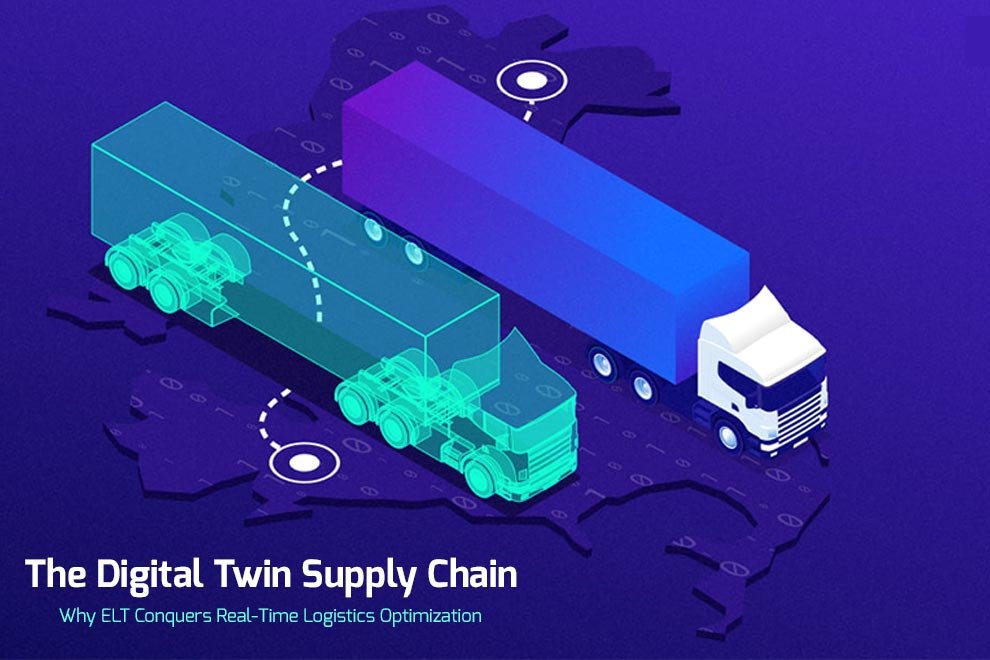As education becomes increasingly global, the importance of language services in learning and development cannot be overstated. With students, educators, and content creators spanning multiple countries and cultures, the ability to communicate effectively across languages is essential. Language services, including translation, interpretation, and localisation, are pivotal in ensuring that educational content is accessible, inclusive, and relevant to diverse audiences.
Language services are the backbone of effective communication, whether it’s a university offering online courses to international students, a corporate training program aimed at a multilingual workforce, or an e-learning platform catering to a global audience. These services ensure that learners, regardless of their native language, can access and understand the educational material provided.
Now, let’s explore how language services contribute to various aspects of global learning and development.
The Growing Need For Language Services In Global Education
Global education is expanding rapidly, with more institutions reaching across borders to offer diverse learning opportunities. However, as educational programmes extend their reach, the need for effective communication across languages becomes ever more apparent. Language services are integral to this expansion, making educational content accessible to students from different linguistic backgrounds. Without these services, valuable knowledge remains confined to those who speak the language of instruction, limiting the impact of educational initiatives.
Educational institutions that wish to attract international students must prioritise language services. This includes offering translated materials, multilingual support, and culturally sensitive communication. By investing in these services, schools and universities can ensure that students from various regions feel included and can fully participate in the learning process. Language services also help bridge gaps in understanding, reducing the risk of miscommunication and enhancing the overall learning experience. Ensuring clarity in communication is vital for fostering an inclusive learning environment.
Enhancing Learning Through Multilingual Content
Creating multilingual content is crucial for enhancing learning in a global context. When educational materials are available in multiple languages, they become more accessible to a broader audience, allowing learners to engage with content in their preferred language. This improves comprehension and increases retention, as students are more likely to absorb and understand information presented in a language they are comfortable with.
Educational institutions and content creators should focus on developing resources that cater to the linguistic diversity of their audience to enhance learning through multilingual content. This involves translating textbooks, lecture notes, online courses, and other learning materials into different languages. Additionally, offering subtitles or voiceovers in various languages for video content can significantly improve accessibility.
However, it’s important to recognise that multilingual content should go beyond simple translation. Localisation plays a vital role in this process, ensuring that content is adapted to reflect each target audience’s cultural nuances and specific needs. For instance, certain educational examples or references may need to be modified to be more relevant to learners in different regions. This tailored approach ensures that the content is understood and resonates with learners, making the educational experience more effective.
How Language Services Facilitate Cross-Cultural Understanding
Language services are essential for promoting cross-cultural understanding in global education. When students and educators from diverse cultural backgrounds interact, language can either be a barrier or a bridge. Effective language services ensure that it is the latter that facilitates meaningful communication that respects and embraces cultural differences.
To foster cross-cultural understanding, it’s important to go beyond translation. Interpretation services, for example, play a crucial role in real-time communication, allowing students and teachers to engage in discussions without language being a hindrance. Whether in a classroom setting or during international conferences, professional interpreters ensure everyone can participate fully and understand each other clearly.
Localisation is another key aspect of language services that support cross-cultural understanding. Adapting educational content to align with the learners’ cultural context ensures that the material is linguistically accurate and culturally relevant. This includes adjusting examples, idioms, and references to match the audience’s cultural norms and values. Such careful consideration helps prevent misunderstandings and makes the learning experience more relatable.
Furthermore, cross-cultural training for educators can be beneficial. Educators who are aware of cultural differences in communication styles, learning preferences, and social norms can better tailor their teaching methods to meet the needs of a diverse student body. Language services can assist in this area by providing resources and training materials that help educators understand and navigate these differences. Leveraging language services to enhance cross-cultural understanding enables educational institutions to create a more inclusive and harmonious learning environment.
Leveraging Language Expertise In Learning Development
Language expertise is essential in developing effective and inclusive educational programmes. As global learning initiatives expand, the role of professional linguists, translators, and localisation specialists becomes increasingly critical. By collaborating with experts, such as the team from Global Lingo, institutions can create educational content that is naturally inclusive and engaging for diverse audiences from the beginning.
Incorporating language expertise into learning and development ensures that content is linguistically accurate and culturally relevant. This approach minimises the need for extensive later adaptations and enhances the learning experience. Specialists provide insights into different cultural groups’ preferences and communication styles, allowing content to be tailored to resonate with various audiences.
Additionally, training educators on the effective use of multilingual and localised content is vital. Language experts can develop these training programmes, helping educators navigate the complexities of linguistic and cultural diversity. This improves the quality of education and reinforces a commitment to inclusivity.
The Impact Of Translation and Localisation In E-Learning
Translation and localisation are critical components in the success of e-learning platforms, especially as these platforms aim to cater to a global audience. E-learning has transformed education by making it more accessible, but without effective translation and localisation, the benefits of these platforms may not reach all learners equally. Educational institutions dealing with large volumes of translated material can adopt specialized tools such as a Translation Management System (TMS) as an effective way to ensure consistency and efficiency in the translation process, as well as improve collaboration among translators and optimize workflows, ensuring content quality and compliance across different languages.
Translation ensures that educational content is available in multiple languages, allowing learners to access material in their native tongue. This is particularly important in e-learning, where the lack of face-to-face interaction can make it challenging for learners to seek clarification or ask questions in real-time. Clear, accurate translations help mitigate this issue by providing learners with content they can easily understand.
However, translation alone is not sufficient. Localisation goes a step further by adapting content to suit the cultural and contextual needs of different audiences. For example, localisation might involve changing references specific to one culture to something more universally understood, or adjusting examples and scenarios to be more relevant to the learner’s environment. This ensures that the content is understandable, relatable, and engaging.
The impact of translation and localisation in e-learning is evident in learner outcomes. Students who engage with content in their own language and that which reflects their cultural context are more likely to stay motivated, complete courses, and retain information. This is especially true in subjects that require deep comprehension, such as technical or specialised fields, where precise language and context are crucial for understanding.
The Future Of Language Services In Education And Training
The demand for language services in education and training is set to grow. As globalisation continues, educational institutions and companies increasingly need to offer content in multiple languages to reach diverse audiences.
Advancements in technology, such as AI-driven translation tools, will complement traditional language services, making multilingual content more accessible. However, human expertise will remain crucial for ensuring cultural relevance and accuracy.
Institutions should stay ahead by continuously integrating new language technologies while maintaining a strong partnership with language professionals. This balanced approach will ensure that learning and development initiatives remain inclusive and effective.
Also Read: Top 10 Best languages to learn to boost your career prospects
